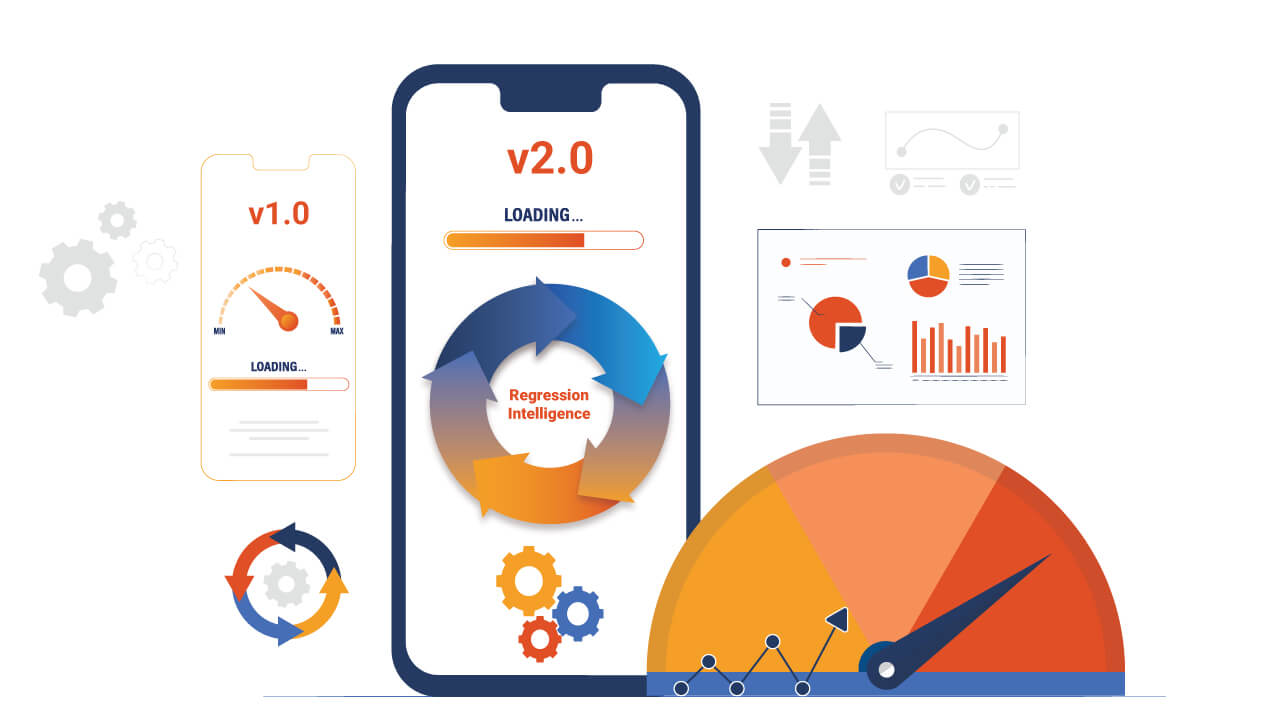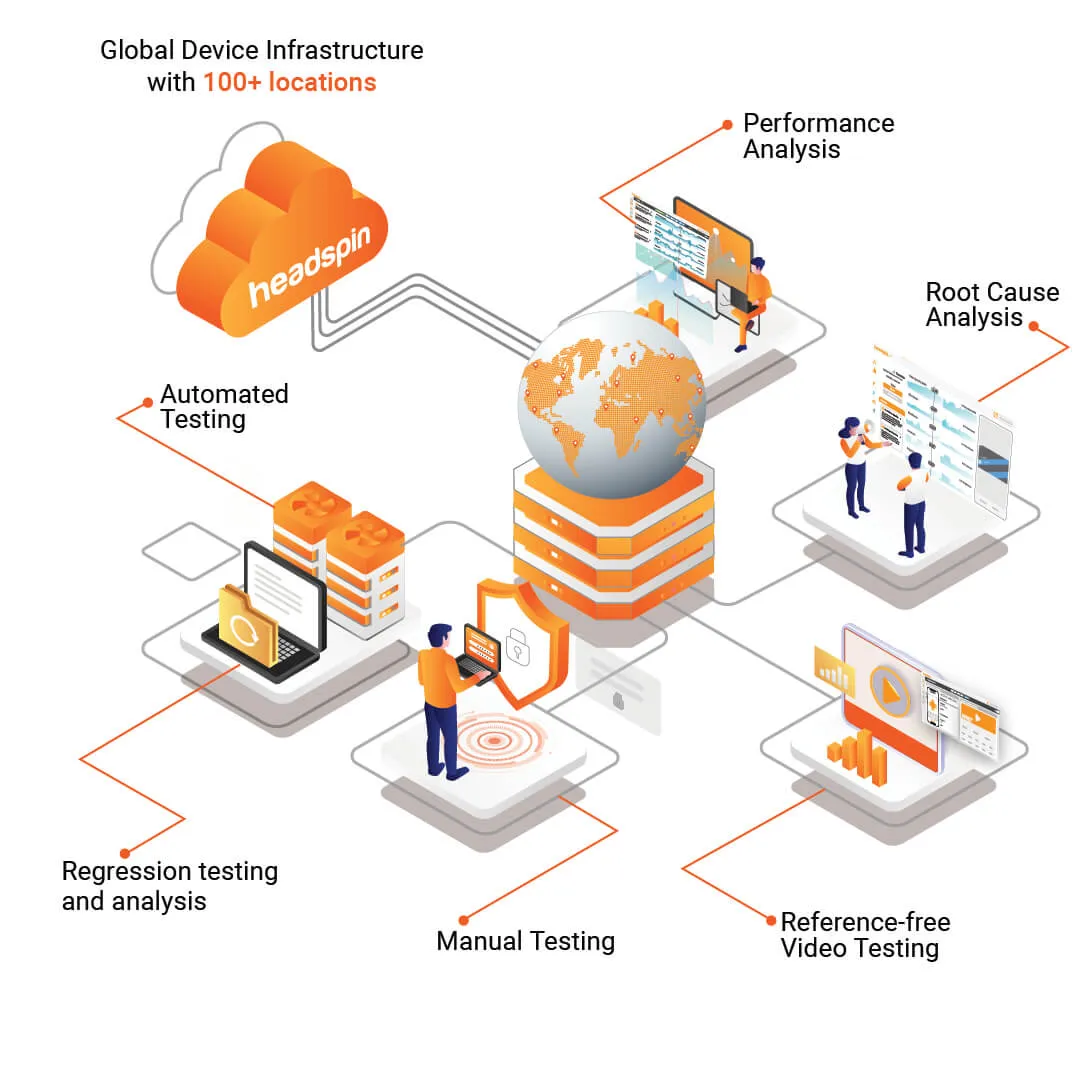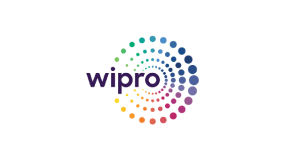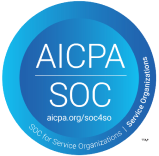For millions of people living with disabilities, interacting with the digital world isn’t just about convenience; it’s about access to life’s essentials. Whether it’s paying a bill, booking a medical appointment, or reaching emergency services, these tasks become impossible when websites and apps aren’t built with accessibility in mind.
When digital experiences work well with screen readers, voice control, or keyboard navigation, they don’t just "check a box" - they restore autonomy. Accessibility means giving users the ability to complete tasks on their own terms, without needing to ask for help. It’s about dignity, privacy, and full participation in a connected world.
That’s why accessibility isn’t just a feature, it’s a fundamental right. And it’s time we start building for it, not as an afterthought, but as a design principle.
Real Needs, Real Voices
A McKinsey article discusses the perspective of blind or low-vision customers. It mentions the following requirements:
- They can view and interact with content using any screen reader or accessibility device of their choice
- They should not need to rely on workarounds, like asking friends or family members for assistance
- The overall experience should be comparable to that of users without disabilities
The bottom line? - Self-sufficiency. Companies have a huge responsibility in ensuring their apps or websites are accessible and meet accessibility standards. Governments around the world have mandated digital accessibility, with many implementing regulatory frameworks and penalties for non-compliance.
Accessibility Compliance: Now A Requirement
EAA
According to the European Accessibility Act, which has been in effect since June 28, 2025, companies must comply with specific digital accessibility standards. Non-compliance carries the risk of exclusion from the EU market and legal penalties.
Companies serving the EU market must comply with the European Accessibility Act. The EAA references the EN 301 549 standard, which builds on WCAG 2.1 Level AA and expands coverage to:
- Websites, mobile apps, software, and hardware
- Two-way communications, including emergency services
- User interface design, captioning, and screen reader compatibility
- Real-time text (RTT), voice control, and more
Non-compliance can lead to regulatory action and exclusion from the EU market.
Also read - How to Improve Fintech Accessibility
ADA
In the U.S., urgency is also rising with the Department of Justice’s 2024 rule under the Americans with Disabilities Act (ADA) - been effect since June 24, 2024, this rule mandates that all state and local government websites and mobile apps meet WCAG 2.1 Level AA compliance by:
- April 24, 2026, for large public entities (≥50,000 population)
- April 26, 2027, for smaller ones
Although focused on public entities, this sets a national precedent and raises the bar for accessibility across all digital services, especially for sectors like telecom that intersect frequently with government programs and public utilities.
Also read - Key Metrics and KPIs for Effective QoS Evaluation in Telecom
Global Trend Toward WCAG 2.1 AA Compliance
Around the world, many countries have updated or introduced laws that point to WCAG 2.1 Level AA as the benchmark for digital accessibility.
In Canada, the landscape includes both federal and provincial regulations:
- The Accessible Canada Act (ACA), enacted in 2019, applies to federally regulated entities (e.g., telecom, banking, government). It mandates accessibility plans, feedback mechanisms, and progress reports. While the ACA doesn’t specify a WCAG version, WCAG 2.1 AA is widely referenced as the technical benchmark for compliance.
- In Ontario, the Accessibility for Ontarians with Disabilities Act (AODA) mandates WCAG 2.0 Level AA compliance for large private sector websites and web content since January 1, 2021. Although there is no official mandate for WCAG 2.1 yet, future legislative updates are expected to adopt it.
Canadian organizations subject to the ACA must publish accessibility compliance reports by specific deadlines (e.g., large organizations were required to publish ACA accessibility compliance reports by the end of 2023, but only about 22 % had done so by June 2023, increasing to around 40 % by March 2024), effectively requiring that digital accessibility work is already underway to avoid future penalties.
Other countries are also following suit:
Australia: While the Disability Discrimination Act mandates digital accessibility without specifying a standard, the government encourages WCAG 2.1 AA adoption through the Digital Service Standard and AHRC guidance.
Germany: The BITV 2.0 ordinance aligns with WCAG 2.1 AA for public sector digital content.
Israel: Mandates WCAG 2.0 AA but is transitioning toward 2.1 AA.
The trend toward accessibility compliance is clear. So, how do you ensure your app or website complies with accessibility standards and assistive technology? By leveraging an effective accessibility testing solution.
Market Impact
Accessibility isn’t just about avoiding lawsuits; it’s also about serving a large and valuable customer segment that many companies are missing out on.
- $490 billion in spending power: In the U.S., working-age adults with disabilities have a combined disposable income of around $490 billion. That’s a major market that’s often ignored.
- Lost sales opportunities: Over 70% of websites used by blind users have major blockers, like forms or buttons that don’t work with screen readers. These users often abandon the experience and take their money elsewhere.
What’s Next
Accessibility is not just about compliance; it’s about empowering all users with equitable digital access. As more governments formalize accessibility standards, the time to act is now.
If you have any questions about the solution, our product managers will be happy to help.
FAQs
Q1. What are WCAG 2.1 AA standards?
Ans: WCAG 2.1 Level AA includes guidelines for accessible design, covering areas such as contrast ratios, keyboard navigation, focus order, and alternatives to visual/audio content. These are considered the standard for legal compliance globally.
Q2. What exactly is WCAG?
Ans: WCAG (Web Content Accessibility Guidelines) is a set of internationally recognized standards from the W3C that help make web content more accessible. It’s structured around four core principles, POUR (Perceivable, Operable, Understandable, Robust), and divided into testable success criteria across levels A, AA, and AAA. WCAG 2.1 builds on previous versions by addressing mobile accessibility, low vision, and cognitive disabilities.
Q3. What penalties exist for not following accessibility standards?
Ans: If your website or app doesn’t meet accessibility laws like the ADA, EAA, or ACA, you could face serious consequences. For example, in the U.S., fines up to $75,000 for a first offense, and $150,000 for repeat violations.



























.png)




















-1280X720-Final-2.jpg)






